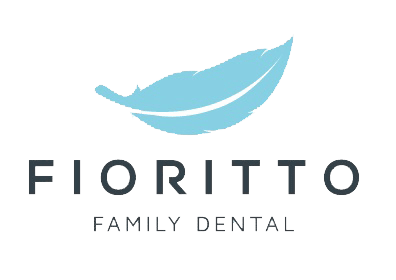Most of us focus on the visible aspects of dental health: the condition of our teeth, the brightness of our smiles or the health of our gums. However, there’s more to dental health than what you can see in the mirror. One common issue that often goes unnoticed—at least until it causes discomfort—is impacted teeth.
Impacted teeth can occur when a tooth fails to emerge fully through the gums, or remains trapped beneath bone and gum tissue. While any tooth can become impacted, it’s most common among wisdom teeth (third molars), due to limited space in the jaw.
What causes impacted teeth?
Several factors can contribute to teeth becoming impacted:
- Insufficient jaw space: Sometimes, the jaw may not have enough space to accommodate all teeth properly. This lack of space can lead to crowding and/or impaction. Inherited genetic traits can affect jaw size and shape, too, which can increase the likelihood of impaction.
- Abnormal development: Sometimes, teeth develop abnormally, causing them to emerge at an incorrect angle. This makes it difficult for them to erupt through the gums.
- Overcrowding: When the mouth is overcrowded, teeth may not have enough room to grow in properly.
Symptoms of impacted teeth
Identifying impacted teeth early is crucial for timely intervention. While symptoms can vary depending on the tooth’s position and severity of impaction, common signs may include:
- Discomfort: Discomfort is often localized in the affected area.
- Swollen gums: Swelling around the affected tooth or in the nearby gums can occur due to inflammation. The gums around the impacted tooth may appear red and inflamed.
- Difficulty opening mouth: Impacted teeth, particularly wisdom teeth, can make it challenging to open your mouth all the way.
- Unpleasant taste or bad breath: Food particles trapped around the impacted tooth can lead to bacterial growth and bad breath.
How impacted teeth can be treated
Treatment for impacted teeth typically depends on the tooth’s position, the severity of impaction and the patient’s overall oral health. Common treatment options include:
- Wait and watch: In some cases, if the impacted tooth is not causing any symptoms or affecting adjacent teeth, your Fioritto dentist may choose to monitor the situation closely rather than intervene immediately.
- Extraction: If the impacted tooth is causing pain, swelling, or other complications, extraction can help.
- Orthodontic treatment: This is typically used in cases where overcrowding is the underlying cause of impaction. Orthodontic treatment like braces or aligners may be used to create more space in the mouth.
- Surgical exposure and bonding: In situations where the tooth is partially impacted and can be guided into proper position, surgical exposure and bonding can help encourage tooth eruption through the gums.
While impacted teeth are a common dental issue, they shouldn’t be ignored. Early detection and appropriate treatment can prevent complications such as infection, damage to surrounding teeth and discomfort.
Regular dental check-ups are essential for identifying and addressing potentially impacted teeth. If you suspect you may have an impacted tooth or are experiencing as pain or swelling, schedule a checkup with your Fioritto dentist right away.
